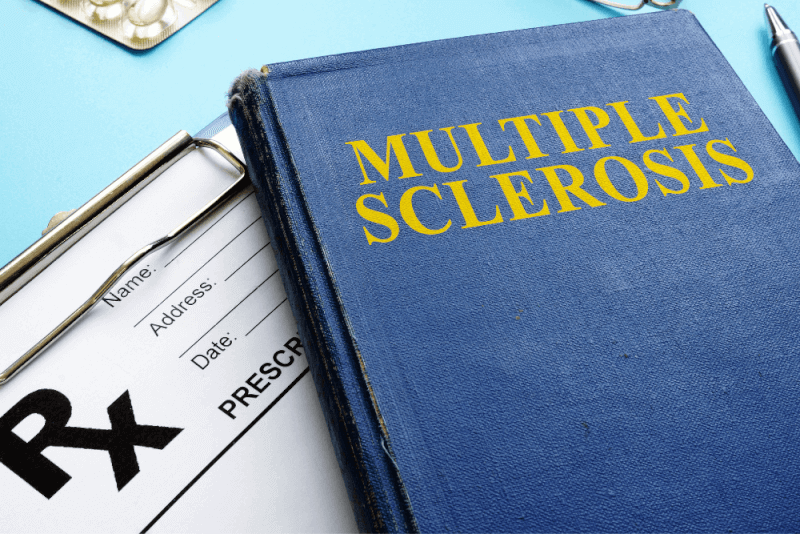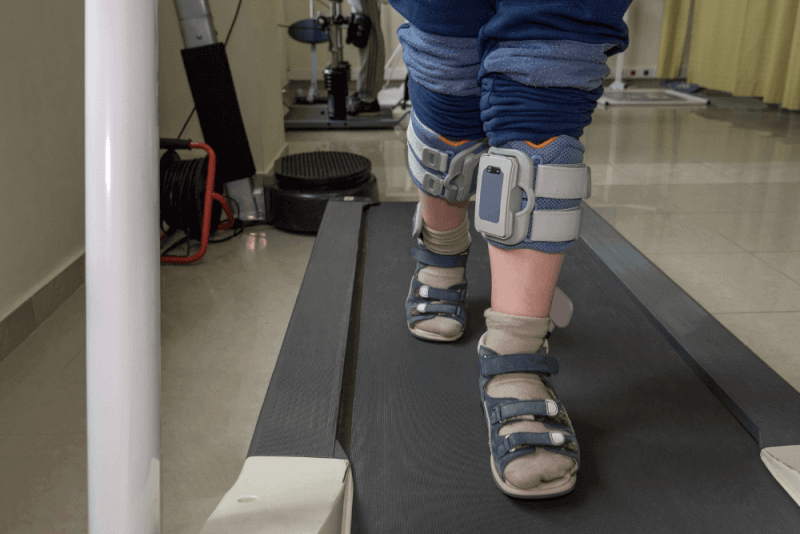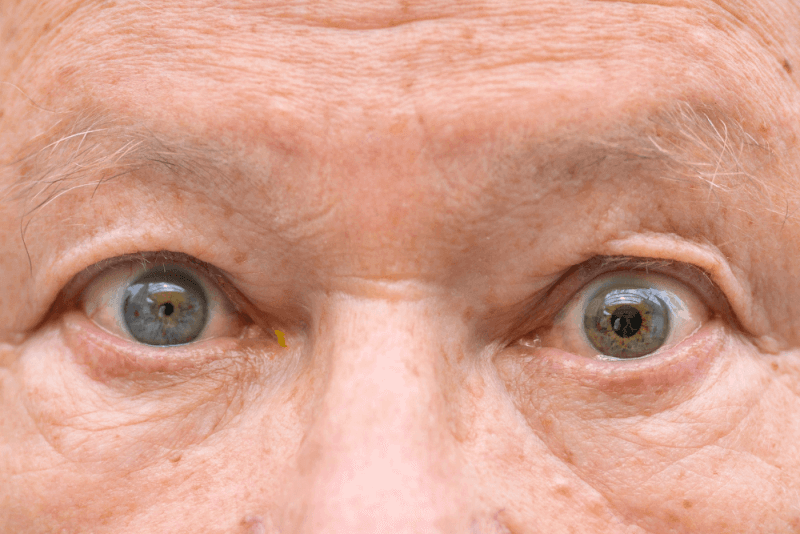30-Second Summary
- SMA causes muscle weakness and atrophy.
- SMA is a genetic disorder that causes the loss of motor nerve cells in the spinal cord.
- Drugs used in SMA treatment can slow the death of motor nerve cells and reduce muscle weakness.
- Drugs used in treatment are expensive but can significantly improve the quality of life for patients.
- There is no cure for SMA, but treatments are available to manage symptoms.
SMA, one of the rare diseases, is an abbreviation formed from the initials of Spinal Muscular Atrophy. It is a disease that affects muscles and is seen as the most common cause of death in infants. Although more common in Western countries, it is a genetically inherited disease.
What is SMA?
SMA causes the loss of motor nerve cells in the spinal cord, leading to muscle weakness close to the body’s core, causing weakness on both sides. SMA, which has a progressive course, causes muscle atrophy. The weakness seen in patients' legs and arms is more pronounced.
In SMA patients, the SMN gene does not produce the protein. Therefore, the motor nerve cells cannot be nourished. As a result, voluntary muscles cannot perform their functions.
Also known as floppy baby syndrome, SMA has 4 different types. Patients do not experience vision or hearing loss, nor do they suffer from sensory loss. However, some patients experience respiratory and swallowing problems as the muscles needed for breathing or eating are affected.
SMA, seen in children of carrier parents, occurs in one out of every 6,000 births in our country. Carrier parents are often unaware of the disease. There is a 25% chance of SMA occurring in the children of parents with defective genes.
Causes of SMA
In SMA patients, part of the SMN1 gene is missing or altered. A healthy SMN1 gene can produce SMN protein, which ensures the survival and proper functioning of motor neurons. In SMA patients, as the SMN protein is not produced, motor neurons shrink and die over time.
Humans also have the SMN2 gene, which produces SMN protein. Up to 8 copies of the SMN2 gene can be present. Having multiple copies of the SMN2 gene typically results in less severe SMA symptoms because the extra genes can compensate for the missing SMN1 protein. Rarely, non-SMN gene mutations can cause SMA.
SMA Symptoms
SMA symptoms vary among patients. The most characteristic symptoms include muscle weakness and atrophy. SMA, divided into four types based on the age of onset and abilities, shows different symptoms according to its types. The symptoms commonly seen in SMA patients include:
- Tongue twitching
- Difficulty sitting
- Difficulty standing
- Difficulty walking
- Frequent falls
- Lagging behind peers
- Cramps
- Loss of walking ability
- Weak voice
- Weak cough
- Difficulty feeding
- Inability to control the head
- Decreased reflexes
- Weakness leading to motor development delays
Types of SMA
SMA is divided into four types. This classification is based on the age of onset and the movements the patient can perform. The later the disease appears, the milder its course tends to be.
SMA Type-1
Seen in babies younger than 6 months, Type-1 is the most severe form of SMA. It first appears with a slowdown in the baby’s movements in the last stages of pregnancy. Symptoms in SMA Type-1 patients, also known as hypotonic infants, include lack of head control, decreased movement, and frequent respiratory infections. The infections experienced by the babies over time cause the lung capacity to narrow, leading to the need for respiratory support. Additionally, they lack basic skills such as sucking and swallowing. They also do not exhibit arm and leg movements. However, they have lively eyes and can make eye contact. SMA Type-1 is the most common cause of infant death worldwide.
SMA Type-2
Seen in babies between 6 and 18 months, Type-2 SMA initially shows normal development in babies before the onset of the disease. They can hold their heads and sit unsupported. However, they cannot stand, walk, or rise on their own. Other observed symptoms include hand tremors, weakness, inability to gain weight, and coughing. Additionally, some babies develop scoliosis and are prone to frequent respiratory infections.
SMA Type-3
The symptoms of Type-3 SMA begin after 18 months. Development continues until the first symptoms appear, but it progresses more slowly compared to peers. As the disease progresses, difficulties such as inability to climb stairs, difficulty standing up, sudden cramps, frequent falls, and inability to run begin to appear. In advanced stages, patients completely lose their ability to walk. Additionally, spinal curvature is observed in patients. Although respiratory difficulties are present in Type-3 patients, they are not as severe as in Type-1 and Type-2.
SMA Type-4
SMA Type-4, which appears in adulthood, is the rarest form of SMA. Unlike other types, Type-4 patients rarely lose their ability to walk, swallow, or breathe. In Type-4 patients, muscle weakness and spinal curvature occur. Some patients also experience tremors and twitching. Symptoms in Type-4 SMA patients spread slowly throughout the body.
SMA Diagnosis Methods
Some symptoms seen in SMA resemble those caused by muscular dystrophy and other muscular disorders. To understand the cause of the symptoms, a physical examination and medical history are first taken. One or more of the following tests may be requested to confirm the SMA diagnosis.
- Enzyme and protein blood tests are used to detect high levels of creatine in the blood, as damaged muscles release this enzyme into the bloodstream.
- A genetic test identifies issues in the SMN1 gene. This test is 95% effective in detecting the altered gene, which is why it is included in newborn screenings in some countries.
- A nerve conduction test measures the electrical activity of the nerves and muscles.
- Rarely, a muscle biopsy may be performed.
SMA Treatment
There is no definitive cure for SMA yet. However, treatments are being developed rapidly. Various treatments are available to reduce the symptoms caused by the disease, thereby improving the quality of life for patients. Additionally, it is crucial to educate patients about SMA care. Type-1 and Type-2 patients typically lose their lives due to lung infections, making it essential to clean the airways if the patients' breathing is insufficient or inconsistent.
SMA Medication
Known as the SMA drug, nusinersen received FDA approval in 2016. The drug works by increasing the production of the SMN protein from the SMN2 gene, which aims to nourish the cells. This helps delay motor neuron death and reduce symptoms.
In our country, the drug was approved by the Ministry of Health in 2017 and has been tested on only 200 patients worldwide.
Although there is no type distinction in FDA approval, it has never been tested on Type-4 patients. Due to its high costs and unknown side effects, it is not used for Type-4 patients in our country. The Ministry of Health currently only approves its use for Type-1 SMA patients.










